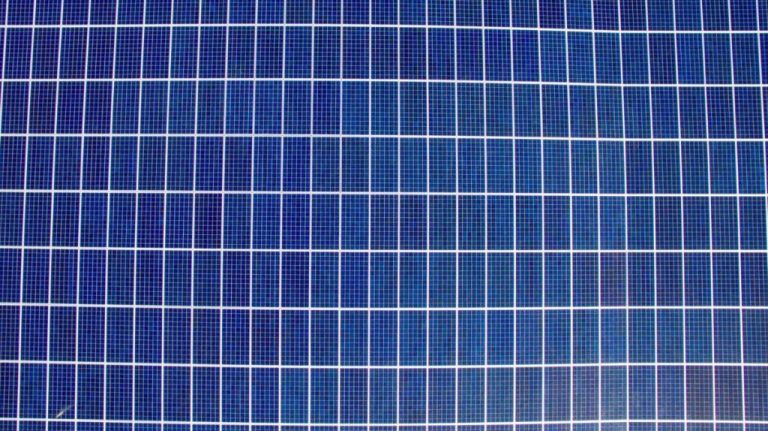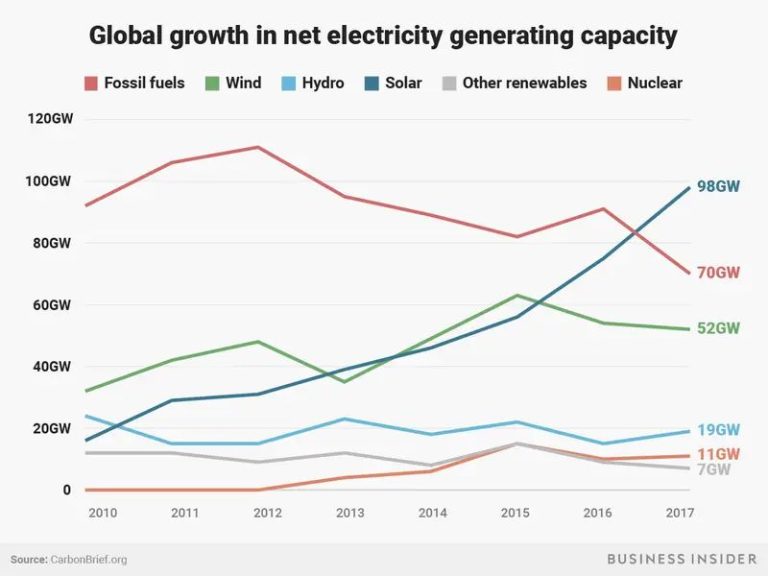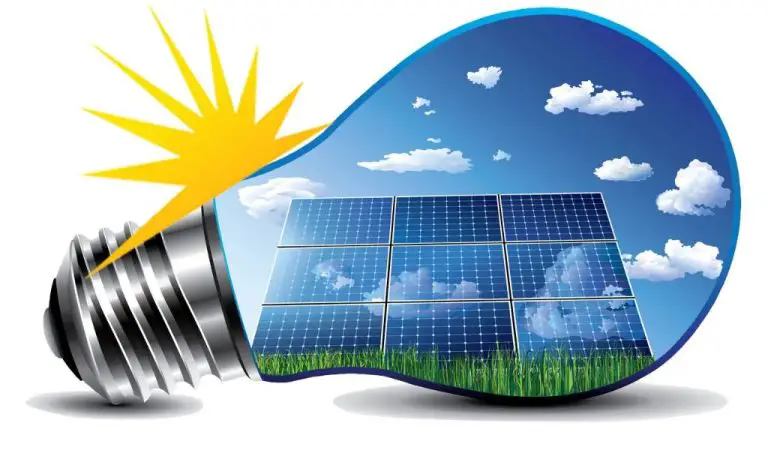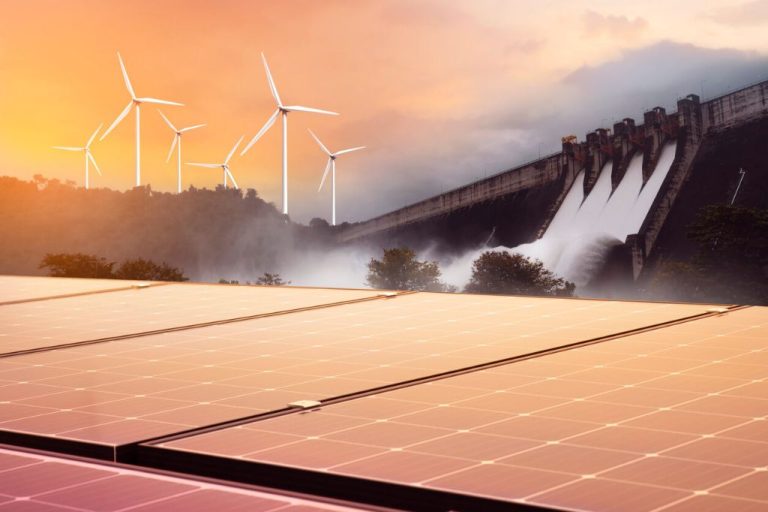What Are The Pros And Cons Of Photovoltaic Cells?
Photovoltaic (PV) cells, also known as solar cells, are devices that convert sunlight into electricity. The term photovoltaic comes from “photo” meaning light, and “voltaic”, meaning electricity. PV cells use the photovoltaic effect to absorb photons from sunlight and generate an electric current.
The first practical photovoltaic cell was created in 1954 at Bell Labs. Early PV cells were very inefficient and expensive, limiting their applications. However, PV technology has improved dramatically over the past decades. Manufacturing costs have declined and efficiencies have increased significantly, leading to the widespread adoption of solar power around the world.
Today, PV is one of the fastest growing renewable energy sources. Improving technology and falling costs have made PV generation competitive with conventional power sources in many regions. With concerns over climate change and energy security, PV is expected to play a major role in the global shift towards renewable energy.
Pros of Photovoltaic Cells
Photovoltaic cells, also known as solar cells, have several advantages that make them an appealing renewable energy source. Here are some of the main pros of using photovoltaic technology:
Clean Energy Production
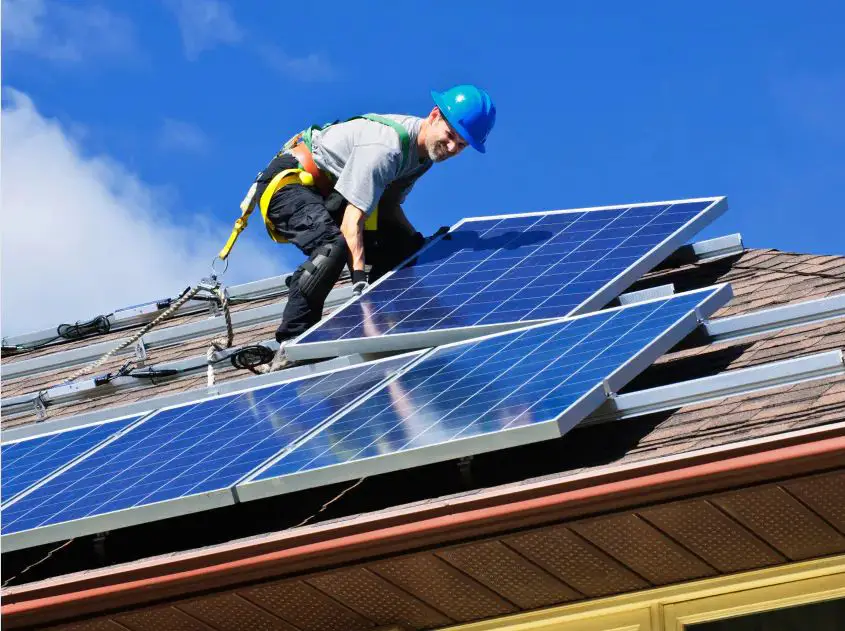
One of the biggest advantages of photovoltaic cells is that they produce electricity without any air or noise pollution. Fossil fuel power plants emit greenhouse gases, particulates, and other pollutants that contribute to climate change and environmental degradation. In contrast, photovoltaic systems generate clean, renewable energy from sunlight without any emissions.
Reduced Reliance on Fossil Fuels
Widespread adoption of photovoltaics can reduce dependence on coal, natural gas, and other finite fossil fuel reserves for energy generation. This improves energy security and sustainability. Relying more on abundantly available sunlight instead of limited fossil fuel supplies helps nations achieve their renewable energy goals.
Low Maintenance
Compared to mechanical generators, photovoltaic systems have very minimal moving parts and require much less maintenance over their lifespan. Other than occasionally cleaning the panels, PV systems are highly reliable and need little upkeep once installed. This reduces operating costs over the long run.
Low Operating Costs
Once installed, photovoltaic systems have very low operating and maintenance costs compared to conventional energy sources. There is no need to pay for fuel sources as the sun provides free, unlimited energy. Photovoltaic cells convert sunlight directly into electricity without any moving parts or combustion, which minimizes the need for repairs or maintenance. The lack of fuel costs gives solar power a significant advantage over fossil fuels like coal and natural gas, which have volatile pricing subject to market fluctuations. Even though solar power does require an initial investment, the fuel-free operation leads to low operating costs over the system’s lifespan of 20-30 years.
Modularity
One of the major advantages of photovoltaic cells is their modularity. PV systems can be sized and customized for virtually any application, large or small. Individual PV cells can be connected together into solar panels, and multiple solar panels can be connected into arrays. This modular nature allows PV systems to be scaled up or down to match the power needs of residential homes, commercial buildings, and utility-scale operations.
Modularity also provides flexibility in terms of installation. PV panels can be mounted on rooftops, integrated into building materials, or ground-mounted in large arrays. The scalability of PV means systems can start small and additional capacity can be added over time as needed. This modular approach provides a high degree of flexibility and customization for implementing solar power.
Additionally, if an individual PV panel fails or gets damaged, it can easily be replaced or repaired without affecting the rest of the system. This modularity and scalability is a major advantage compared to large centralized power plants with single points of failure.
Noise and Pollution Free
One of the biggest advantages of photovoltaic cells is their silent operation. Unlike traditional power plants that rely on combustion, turbines or moving parts, photovoltaic systems have no noise pollution. This makes them highly suitable for residential areas and other noise-sensitive environments.
In addition, photovoltaics produce no air pollution, toxic waste or greenhouse gas emissions while operating. The entire process of converting sunlight into electricity is clean and emission-free. This helps reduce the environmental and health impacts of electricity generation.
The noise and pollution free nature of solar photovoltaics gives them an edge over conventional fossil fuel-based power plants. Their silent operation and zero emissions make solar PV an eco-friendly technology.
Cons
There are some downsides to consider when using photovoltaic cells:
High upfront costs – The initial cost of purchasing and installing a PV system can be quite high. The modules, inverters, batteries, wiring and labor can easily cost tens of thousands of dollars for a residential system. This high capital cost can deter some homeowners and businesses from adopting solar PV.
Efficiency decreases over time – PV modules gradually lose efficiency over their lifetime, typically declining around 0.5-1% per year. This means they will generate less electricity each year as they age. Proper maintenance can reduce the rate of degradation.
Reliance on sunlight – PV systems depend on sufficient sunlight to operate. Areas that have frequent overcast weather or long winters will produce less energy. Homes may need to supplement solar power with grid electricity on cloudy days.
Upfront Costs
The main disadvantage of photovoltaic cells is the high upfront costs associated with purchasing and installing the equipment. PV systems require solar panels, inverters, racking, wiring, and installation labor. For a typical residential system, total costs usually range from $15,000 to $25,000. Many homeowners find these high initial investments prohibitive.
However, there are ways to help offset the upfront expenses. Many utility companies and state/federal agencies offer rebates and tax credits for installing solar PV systems. These incentives can cover 30-50% of total system costs. The falling prices of solar panels and equipment also help reduce initial investments over time. Overall, while photovoltaic systems require large upfront investments, there are options to defray some of the initial installation and equipment costs.
Efficiency Issues
One of the biggest downsides of photovoltaic cells is that their efficiency tends to decrease over time. There are several factors that contribute to this degradation:
Effect of heat – As photovoltaic cells are exposed to sunlight and high temperatures, their efficiency drops. Solar cells work best at cooler temperatures. When they heat up, it causes some of the electrons to vibrate, reducing the number available for generating electricity.
Dust accumulation – Over time, dust and dirt can accumulate on the surface of photovoltaic panels. This prevents some of the sunlight from reaching the solar cells, reducing power output. Solar panels in dusty environments will need more frequent cleaning to maintain peak efficiency.
Weathering effects – Exposure to the elements can deteriorate components of solar panels like the glass surface, polymer encapsulation, and metallization. This weathering can reduce the amount of sunlight transmitted and also lead to corrosion, decreasing cell efficiency over the long term.
Researchers are working on improving solar cell materials to make them more resistant to these factors. But currently, the decreasing efficiency over time remains one of the disadvantages of photovoltaic technology compared to other energy sources.
Land Usage
One downside of utility-scale photovoltaic installations is that they require a large amount of land area in order to generate significant amounts of electricity. Unlike a natural gas or coal power plant which can produce hundreds or thousands of megawatts on just a few acres, solar panels generate power at a much lower density.
For example, the Topaz Solar Farm in California covers over 9.5 square miles of land but has a capacity of only 550 megawatts. To put that into perspective, a typical nuclear or coal power plant could generate the same amount of electricity using less than 1 square mile of land. This means utility-scale solar requires 5-10 times more land area per unit of energy produced.
Finding sufficient available land with good solar resources can be a challenge, especially in densely populated regions. The large footprint of solar installations has raised concerns about land usage conflicts with agriculture, wildlife habitats, and other uses.
However, it’s worth noting that the land beneath and between panels can still be used for grazing livestock or certain low-lying crops. And panels can be sited on marginally productive lands. Nonetheless, the significant land requirements of utility-scale photovoltaic projects remain one of the key drawbacks of the technology.
Conclusion
In summary, solar photovoltaic cells have several key benefits including low operating costs once installed, no noise or pollution emissions, and the ability to generate power on site in a modular fashion. However, the high upfront costs, efficiency issues, variability, and land usage requirements for utility-scale projects are also important cons to consider.
Looking ahead, as solar panel costs continue to drop and efficiency improves, photovoltaics are likely to keep increasing their share of electricity generation around the world. Combining solar with battery storage can help mitigate the variability and intermittency issues. New solar cell technologies like perovskites may someday boost efficiencies radically as well. Overall, while no energy source is perfect, photovoltaics provide a clean, renewable option that can play a major role in the global transition to sustainable energy.


